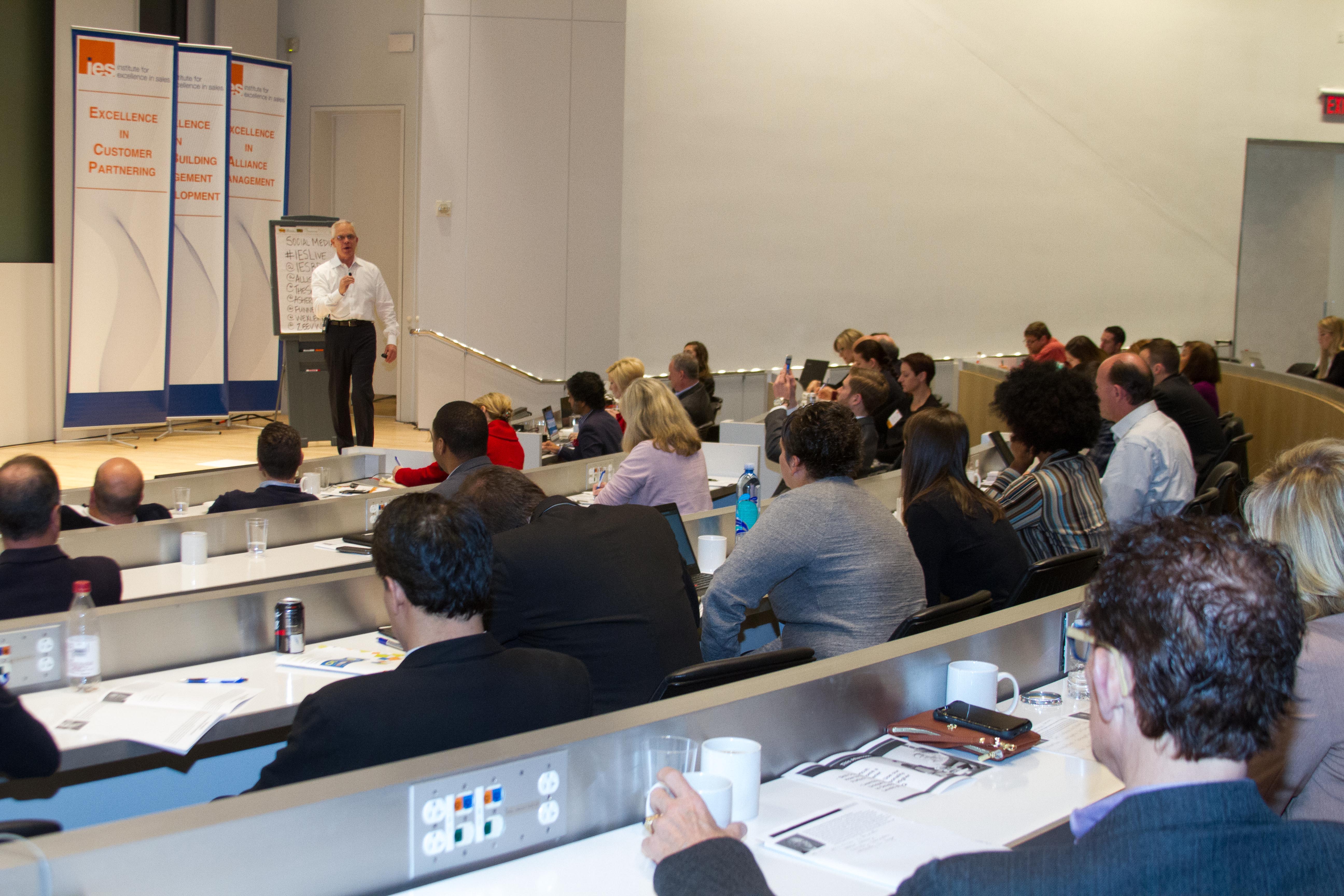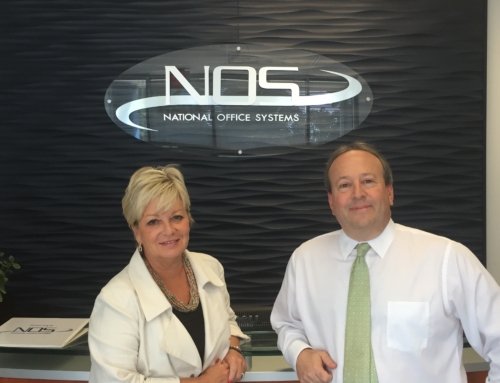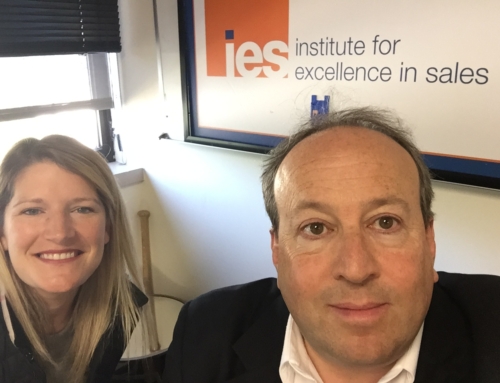The 2016 Customer Acquisition Symposium was another smashing success. Here’s a summary of the content from 6 amazing sales thought leaders.
Mark Hunter – High-Profit Prospecting: Powerful Strategies to Find the Best Leads and Drive Breakthrough Sales Results
Mark Hunter, best selling author of the book High-Profit Selling, relayed his knowledge of prospecting, and the best ways to do so in order to get the prospects that you really want. Far too often, Hunter explained, companies have prospects that aren’t really prospects and will bring no opportunities to the table. Just because someone talks to you, does not make him or her a profitable prospect. To Hunter, the first change that needs to happen is that we need to alter our thinking and stop trying to get clients that shouldn’t be clients.
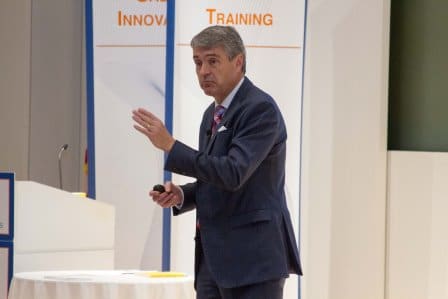 He understands that nobody sets out to get a bad client, but we are failing to validate them enough in the prospecting process. Companies should be looking to deliberately prospect, and create a separate process for each outcome. He used the example that you can’t take a Wal-Mart customer and make them into a Nordstrom customer. You need to start with the prospect that makes the most sense for your company, and create a pitch that focuses on that particular prospect so you can close at full-price.
He understands that nobody sets out to get a bad client, but we are failing to validate them enough in the prospecting process. Companies should be looking to deliberately prospect, and create a separate process for each outcome. He used the example that you can’t take a Wal-Mart customer and make them into a Nordstrom customer. You need to start with the prospect that makes the most sense for your company, and create a pitch that focuses on that particular prospect so you can close at full-price.
Lastly, Hunter spoke about measuring results. Instead of measuring results based on deals you close, Hunter advises measuring the quality of conversations. So think to yourself, how many meaningful conversations did I have this week?
Allison Shapira – Executive Presence: How to Speak with Confidence and Authenticity
Allison Shapira began her career in opera, of all things. When she decided to leave opera, and begin working in the corporate world, she didn’t think her musical training would be applicable. However, when she began public speaking on behalf of her organization, she found that her musical training had prepared her well to be a talented and effective public speaker.
 As an opera singer, Shapira knew how to use eye contact to connect with an audience, how to breathe properly so her tone became powerful, and how to engage an audience with her stage presence. Shapira soon became widely recognized for her public speaking abilities, and now teaches public speaking and speech skills all over the world.
As an opera singer, Shapira knew how to use eye contact to connect with an audience, how to breathe properly so her tone became powerful, and how to engage an audience with her stage presence. Shapira soon became widely recognized for her public speaking abilities, and now teaches public speaking and speech skills all over the world.
Shapira has identified five key ways to exude executive presence:
- Have confidence in yourself and product you are selling
- Be able to convey the content to your client in their language
- Interact comfortably with others
- Use confident body language
- Control your voice and tone
She closed by saying “Communication isn’t about opera, it’s not about perfection. It’s about authenticity. If you love what you do and the product you are selling, you will always have clients.”
John Asher – How Great Sales Leaders Enable FASTER Profitable Revenue Growth
John Asher is an experienced sales consultant, sales trainer, and CEO of ASHER strategies. During his discussion, Asher spoke about embracing the concept that “Everybody is in sales.” To Asher, the right way to run a sales-force is to have all employees asking the right questions, listening to the customers, and guiding the conversation.
 These employees should be in control of the conversation, and use powerful marketing messages to convince a client that their company can provide the solution they are seeking. Any good sales person knows their facts, and should be able to overcome any objections by the potential client.
These employees should be in control of the conversation, and use powerful marketing messages to convince a client that their company can provide the solution they are seeking. Any good sales person knows their facts, and should be able to overcome any objections by the potential client.
Along with these skills, Asher believes that employees should use their unique personalities to develop potential business partners. Be yourself, and let your personality shine through while speaking to clients. It allows a deeper. More authentic relationship to develop, and causes clients to think twice when they are talking to other sales people.
Zeev Wexler – These are the Sales Tools You Need, Now Use Them
Zeev Wexler is a salesman who transferred his skills into marketing. To Wexler, there is no difference between sales and marketing, and he said, “sales and marketing are crucial to each others success, they work in tandem.” Although these two industries are very similar, one thing is changing, how they go about their business. A lot of traditional sales occur online.
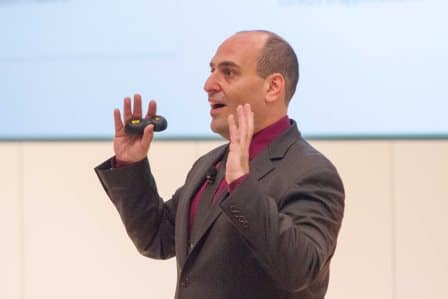 At first, it was just a few things, but now it’s just about everything. Wexler realizes this and says that in order to be better sales people, we need to transform our thinking and use the Internet and technology to sell more, and sell better. Too much information and too many options on the Internet often leads to confusion. To minimize this and maximize your influence, Wexler advises creating value to your social media accounts. Make yourself an authority though your followers, who you follow, and the accessibility and pizazz of your accounts.
At first, it was just a few things, but now it’s just about everything. Wexler realizes this and says that in order to be better sales people, we need to transform our thinking and use the Internet and technology to sell more, and sell better. Too much information and too many options on the Internet often leads to confusion. To minimize this and maximize your influence, Wexler advises creating value to your social media accounts. Make yourself an authority though your followers, who you follow, and the accessibility and pizazz of your accounts.
People are more likely to do business with you if they know of you from previous interactions. Wexler’s last piece of advice was to take advantage of a loss by calling the client and asking what you could have done better. This will help you become a better salesperson. He closed with, “Every time you lose a sale, put your ego in the backseat and learn from it.”
Marissa Levin – The Power of Your Inner Voice: Aligning Your Internal Messaging with Your External Messaging to Create a Transformative Customer Experience
To Marissa Levin, the most important messages we will ever create, receive, or communicate are those that originate within ourselves. In her speech, Levin stated that our messages need to have transformative impacts every single time, and it begins with our inner voices. She explained that often we fall victim to self-doubt, and aren’t always confident enough to prove how great we are as individuals. As a cancer survivor, she knows that life is precious, and we must make the most of it while we are still on this earth.
 To do so, we must look inward toward ourselves and acknowledge that authenticity starts within us. Her advice is to shut down all destructive voices that come your way. Levin believes that we need to silence our inner critics by replacing negative information with positive reinforcement. To jumpstart this process, she uses five steps to nurturing positive inner messaging:
To do so, we must look inward toward ourselves and acknowledge that authenticity starts within us. Her advice is to shut down all destructive voices that come your way. Levin believes that we need to silence our inner critics by replacing negative information with positive reinforcement. To jumpstart this process, she uses five steps to nurturing positive inner messaging:
- Acknowledging your inner critic
- Silencing it
- Observing others through silence
- Nurturing your inner advocate
- Creating positive messages and sharing them with others
Tom Snyder – The Science of Persuasion in Three Easy Pieces….. Plus One More
Tom Snyder, internationally recognized author, researcher, and consultant has explored the science behind sales. As a math and computer science major, Snyder never saw himself going into sales. However, when he did enter the sales world, he naturally became interested in the science of professional persuasion. To his amazement, there was considerable research dating back 70 years on this topic. Snyder has based his sales practice around the research findings.
For example, he follows the three pillars of persuasion, which are: active listening, commanding, conversations, and understanding the buyer. Although he believes in the importance of all the pillars, he believes that nothing is more fundamentally important than understanding your buyer and his or her needs. His research shows that customers value what they say and their own conclusions more than what they are told.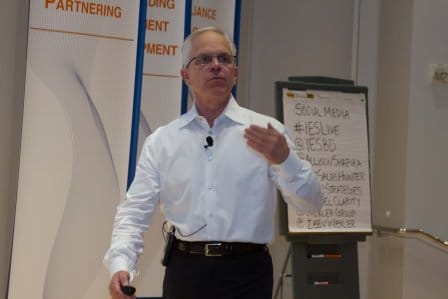
With that said, he believes that we need to let customers decide, and do it in a way that makes it feel like they thought of it themselves. Overall, Snyder’s main point was that “your real agenda is to create joyous outcomes. The process includes an exchange of money, but the outcome should be a joyous experience for you and your client.”
Listen to the Sales Game Changers Podcast!

